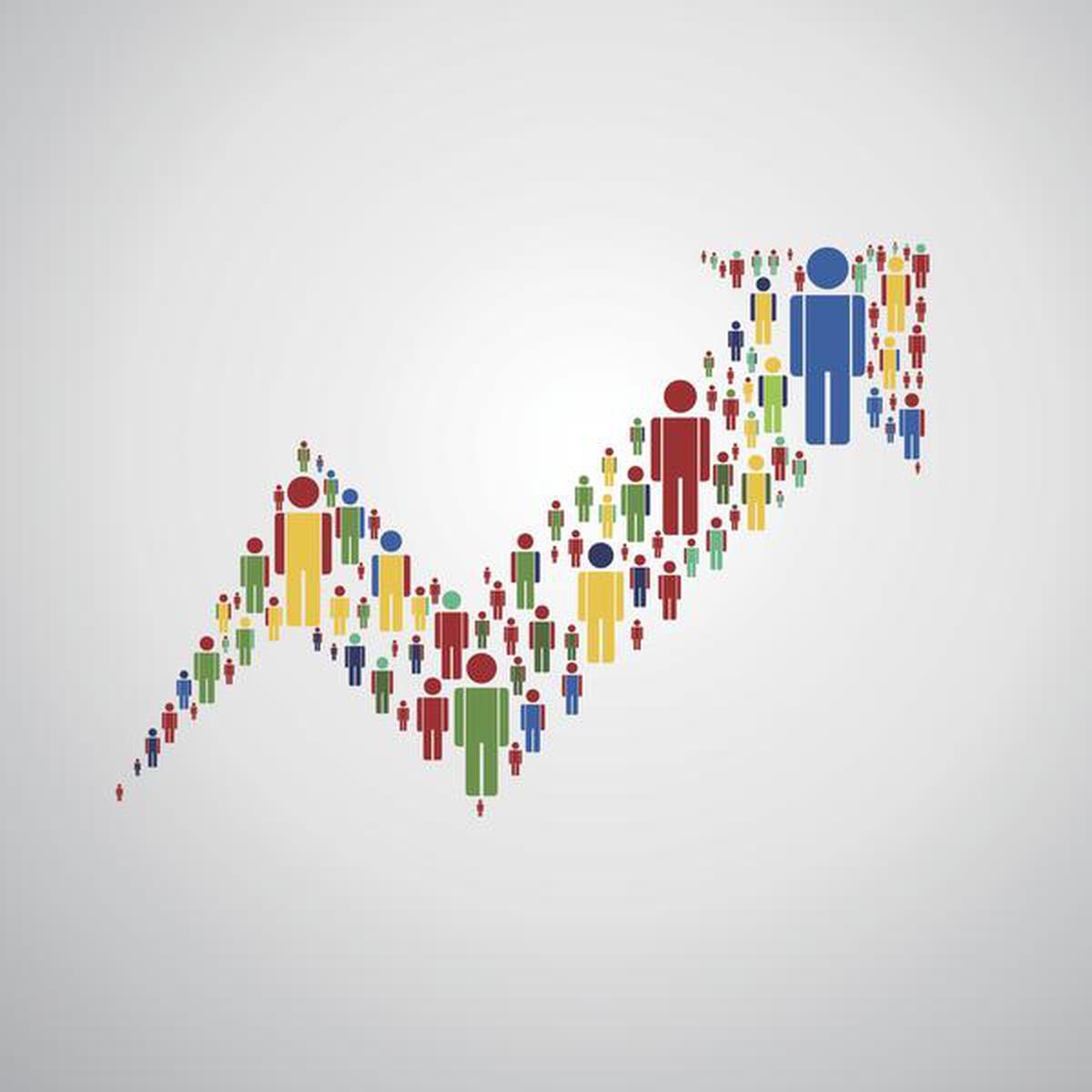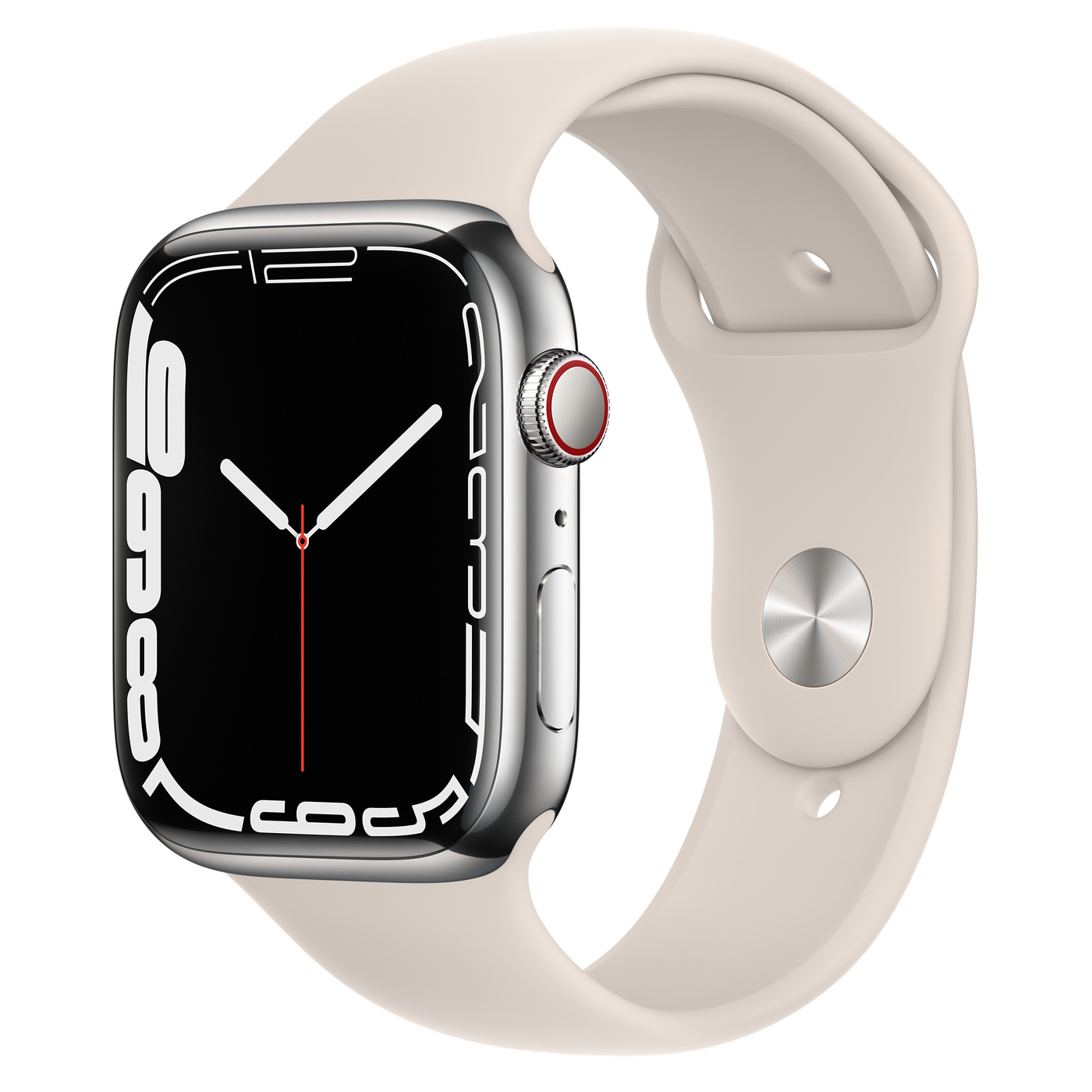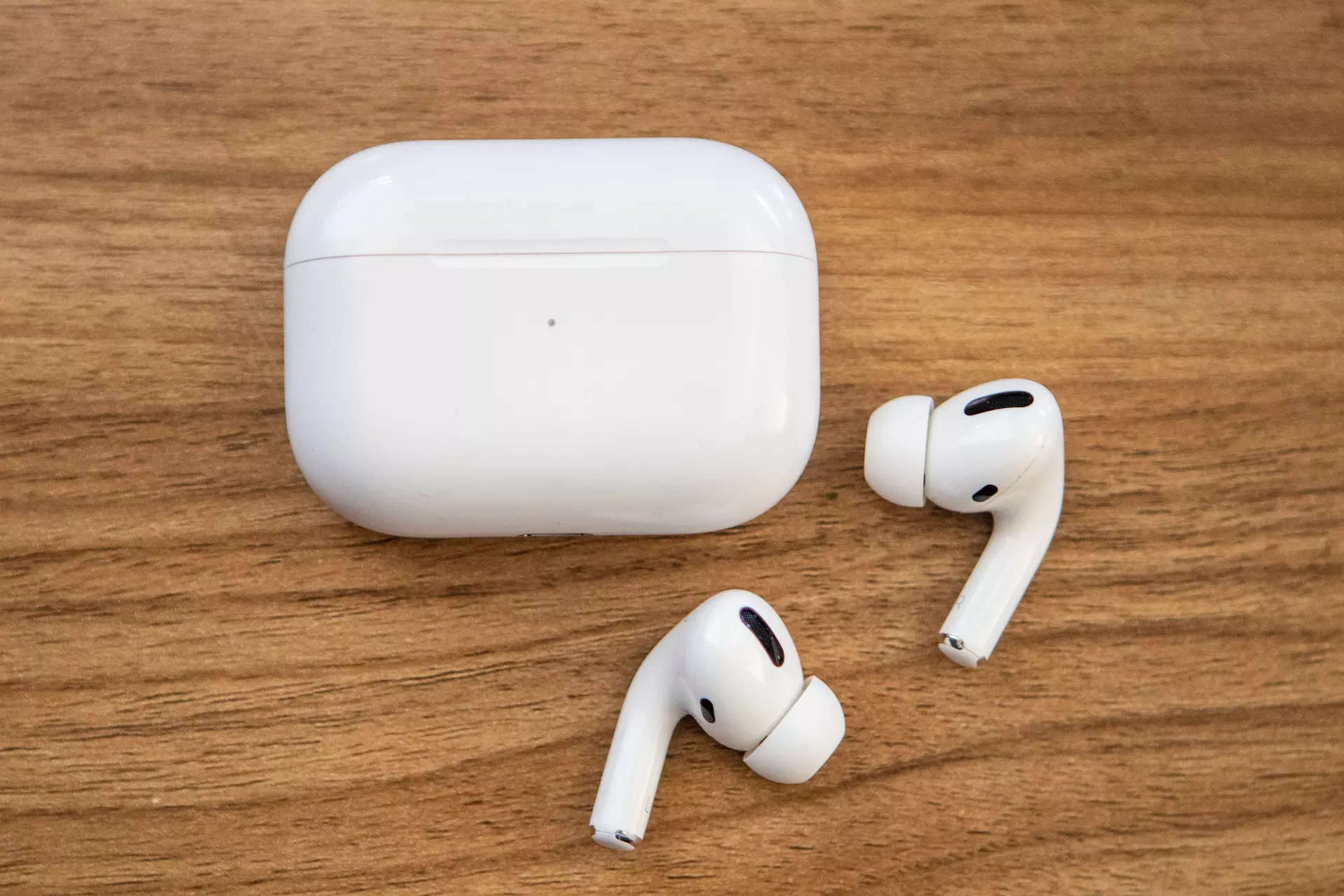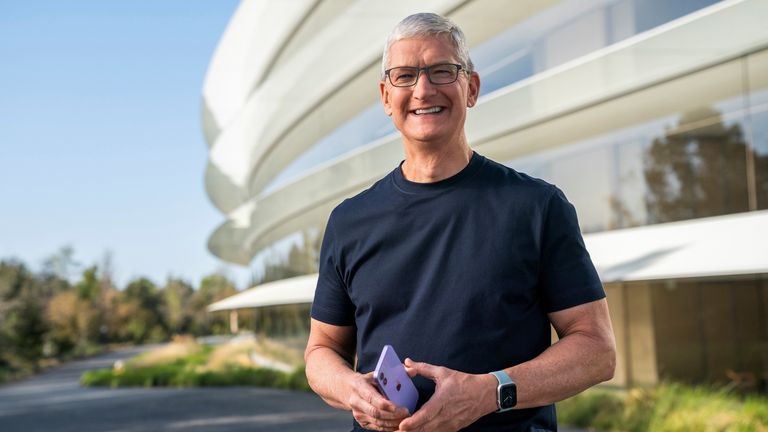Historically, brands and marketers have sworn its allegiance to demographics. Like the proverbial Tweddle Dee and Tweddle Dum. But there just might be a twist in the tale. As quoted by Trend Watching: “You’re not the only one who’s confused by consumer behavior. Consumers themselves aren’t behaving as they should “.
In a post demographic era of consumerism, is it time to throw out the traditional (and tried, tired, trusted and rusted) demographic models of consumer behavior?
Let’s look at some really interesting snippets that break all molds of convention:
In the US, women now account for 41% of the universe of video game players-STATISTA
Asilo Padre Cacique, a retirement home in Porto Alegre, Brazil, hosted an activity day for its elderly residents a few years ago, featuring a skateboard exhibition and graffiti artists. Yes, you read right: skateboard exhibition and graffiti artists.
“If you look at the list of the 1,000 favorite artists for 60-year-olds and the 1,000 favorite artists for 13-year-olds, there is a 40% overlap.”-GEORGE ERGATOUDIS (HEAD OF MUSIC, BBC RADIO 1)
All the above may seem disconnected but it does give us a peep into where consumerism is headed. And it is not at the happy intersection of demographic centered models which brands have comfortably honed over the past several decades. This is a new path to tread. Consumption patterns are no longer defined by ‘traditional’ demographic segments such as age, gender, location, income, family status and more. In this era of post demographic consumerism, brands are realizing that people across all age groups, across multiple markets are constructing their own identities and that too more freely than ever before.
Yes, we still do have our usual suspects: the early adopters of products and services that brands love: Young, affluent, influential, loves experimenting and burdened with lesser commitments. This (as is empirically proven) the ideal scenario.
But as more and more brands and marketers wake up to the new reality: that any and all revolutionary – or simply just compelling – innovations will be rapidly adopted by, and/or almost instantly reshape the expectations of, any and all demographics. Without bias or prejudice. One size need not fit all or it just could!!

The always on Society is now too fluid, ideas now too easily available, the market now too efficient, the risk and cost of trying new things now too low (led by the digital world, but increasingly the case for physical products too) for this not to be the case. Let us understand why.
Today’s consumers – of all demographics and in all markets – increasingly buy, source and use products and services from the same mega-brands: Apple, Facebook, Amazon (the technology sector is especially universal), IKEA, McDonald’s, Uniqlo, Nike and more.
The ubiquity and collective familiarity with these global mega-brands, when combined with the global reach of consumer information, has also created if not a shared consciousness then certainly a new level of POST-DEMOGRAPHIC shared experience for consumers, from 16 to 60 and beyond and from Boston to Beijing, Capetown to Melbourne, Mumbai to Miami.
So what should executives and brand marketers look at doing to come to speed with this new reality. Well, there are a few innovation opportunities waiting to be grasped:
-Fall in love with the new normal (which is not normal): Embrace and celebrate new racial, social, cultural and sexual norms.
-Let heritage not be a baggage: Be prepared to re-examine and even overturn your brand heritage.
-Inorganic demographic pollination: Go beyond your comfort demographic zones. Explore foreign demographics hitherto not tapped into for ideas and inspiration.
-Borrow from the Long Tail effect: Explore smaller niches of interest. There is serious potential resident there.
As we move into the future, successful products, services and brands will transcend and move beyond their initial demographics almost instantaneously. Brand executives who continue to attempt to navigate using demographic maps, with borders defined by age, gender, location, income will be under-prepared for the speed, magnitude, and direction of change.
There is no doubt that understanding consumers’ needs and wants remains critical (Consumer Insight & Market Research companies will go out of business otherwise, isn’t it?). However, it will be those that take a broad view and learn from innovations that are delighting consumers in seemingly dissimilar or even opposing demographics that will succeed, regardless of which ‘traditional’ demographic(s) they serve.
CAVEAT EMPTOR: There is a Great Demographic Reversal: Through Ageing Societies, Waning Inequality, and an Inflation Revival, post the pandemic.
Demographics(as we knew it) is dead. Long live demographics!!



